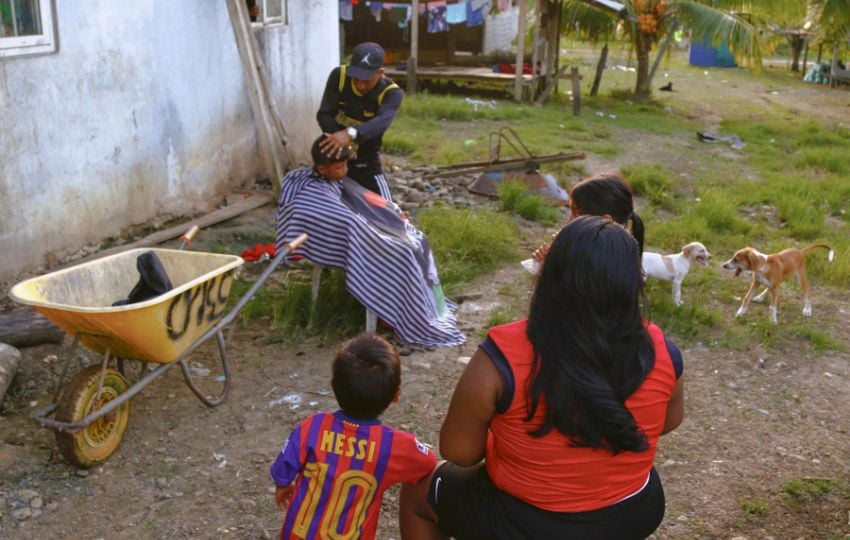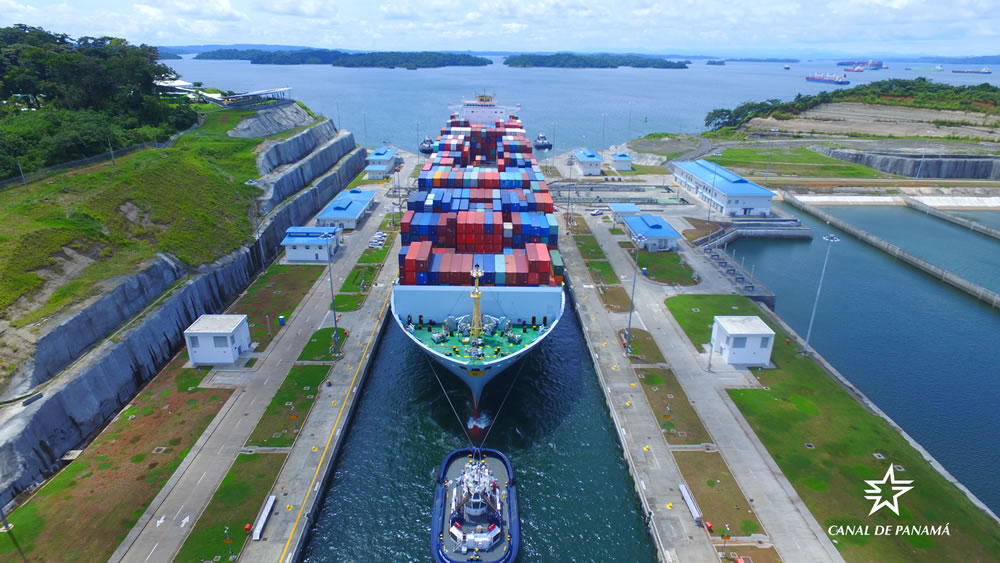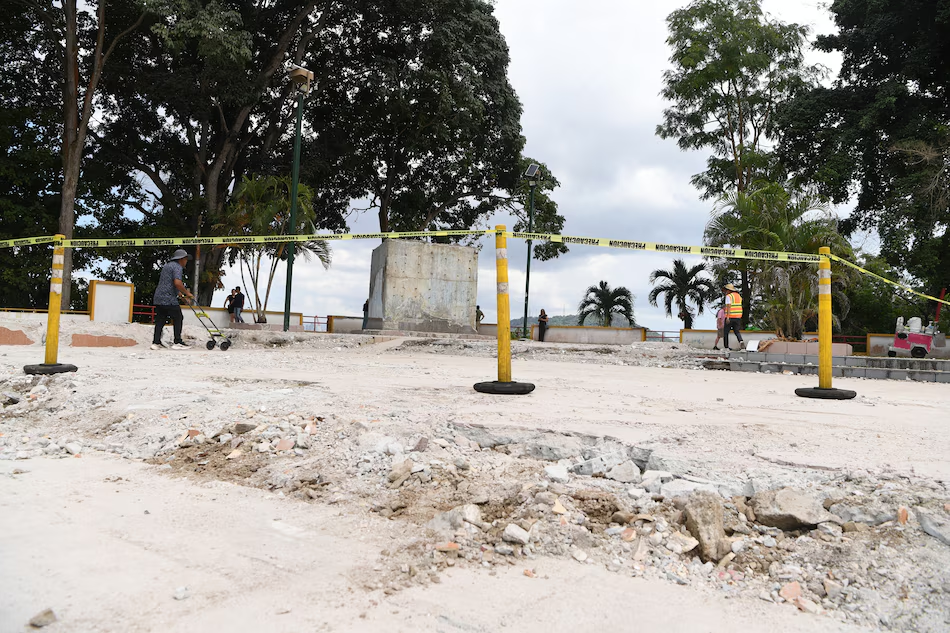The Return to Normality of an Indigenous Village in Panama after the end of Migration through the Darien
Bajo Chiquito went from bustling to quiet. With a population of about 400, this indigenous village once received more than 2,000 migrants every day.

The indigenous village of Bajo Chiquito, the first to reach hundreds of migrants daily in Panama after crossing the Darien jungle, is trying to gradually return to normal after the sudden end of the migratory flow to the United States due to Donald Trump’s policies. Bajo Chiquito went from bustling to quiet. With a population of around 400, this indigenous village on the banks of the Tuquesa River received more than 2,000 migrants a day during the peak migration flow months, crowding the narrow streets where lodgings, small food stalls, clothing stores, and internet and cell phone charging services had been set up. Most are now empty.
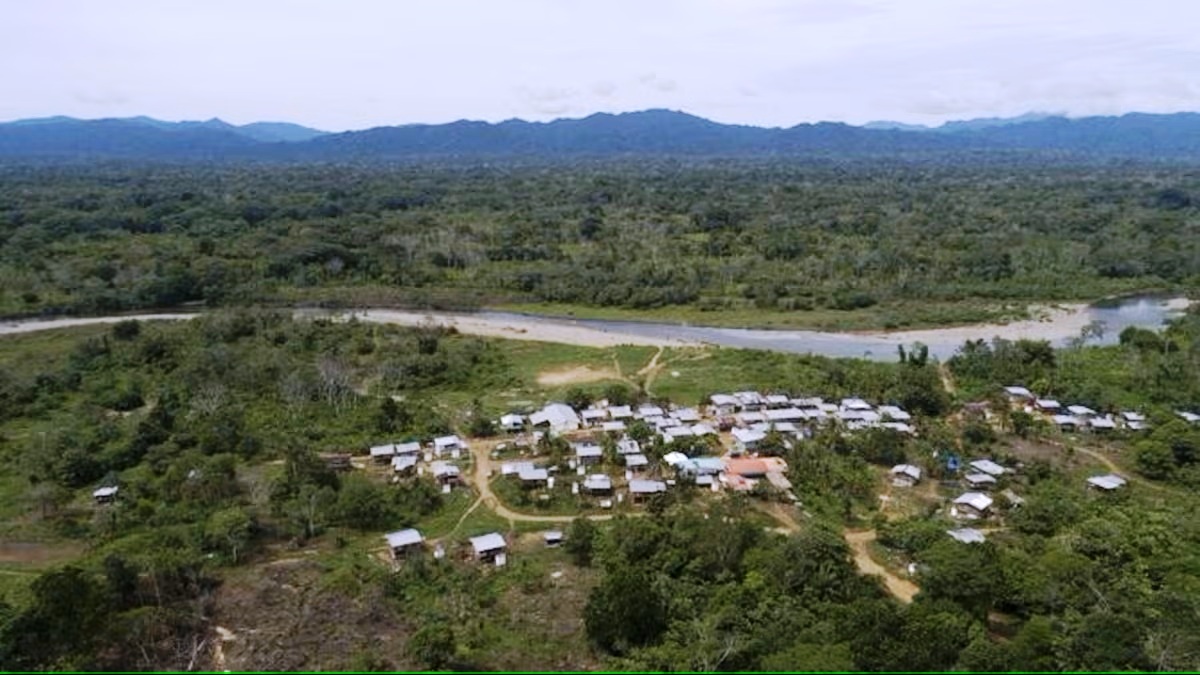
Jason Mosquera, 25, has had a small stand for four years as pictured below, selling ice cream, drinks, and some fast food dishes like hamburgers, as well as internet connections. The young man fondly remembers the migrants and says he tried to give them something different after their journey through the jungle, “as if to change their taste,” instead of the usual rice and chicken from other stalls. But all that is gone. Without migrants, the only customers now are their neighbors or occasional visitors. “On a normal day, I would serve at least 100 people, or even more. Now, I only serve maybe ten or six people a day. It’s gone down a lot,” Mosquera said.
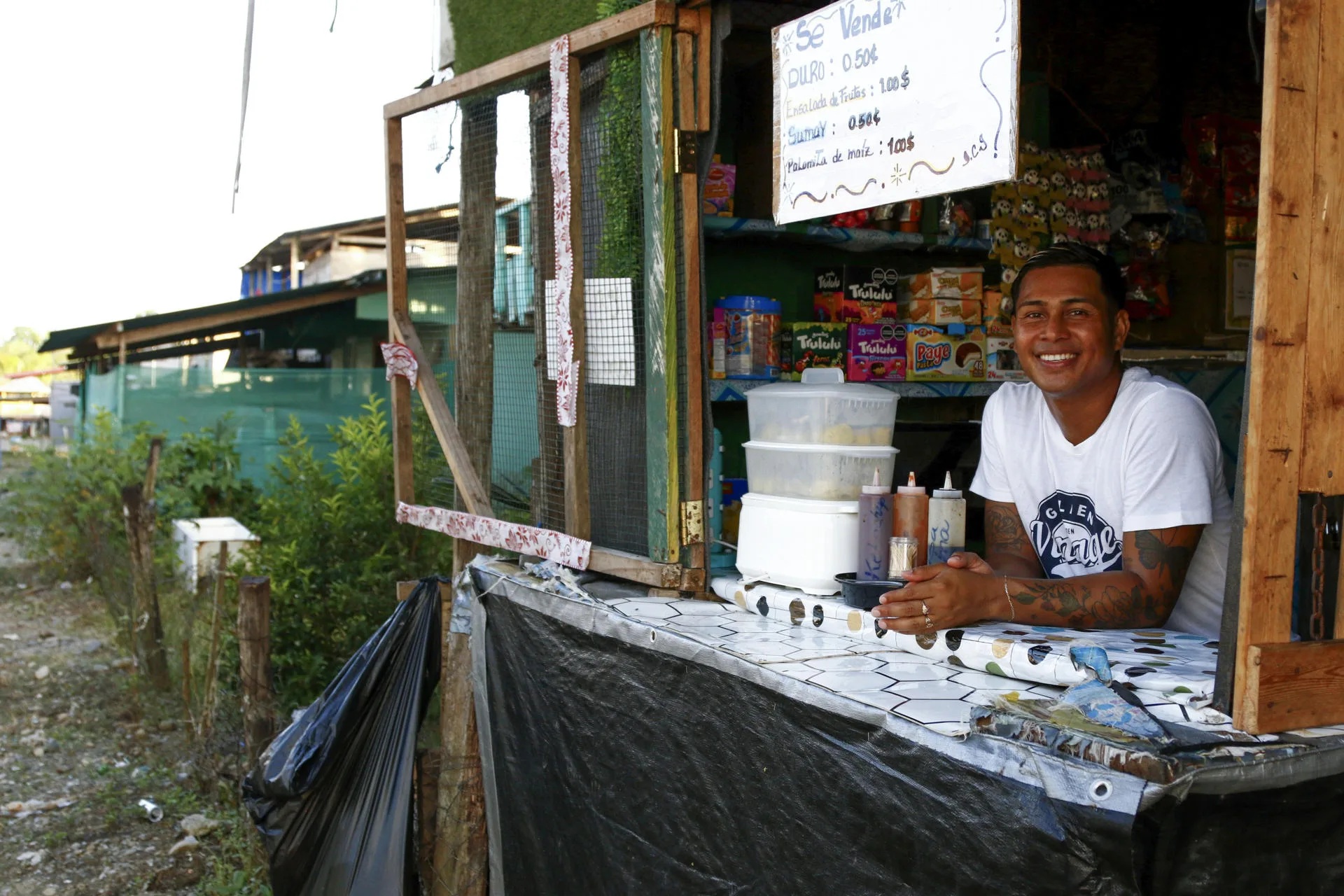
Something no one expected when more than 520,000 people crossed the jungle in 2023, surpassing the 248,000 in 2022 or the more than 300,000 in 2024, when the trend indicated that the previous record would be surpassed. However, the measures taken since the beginning of his term in July 2024 by Panamanian President José Raúl Mulino, such as the closure of trails or the signing of an agreement with the United States to carry out deportation flights, or the subsequent victory of Trump and his anti-immigration policies, caused the abrupt decline in crossings through Darién.
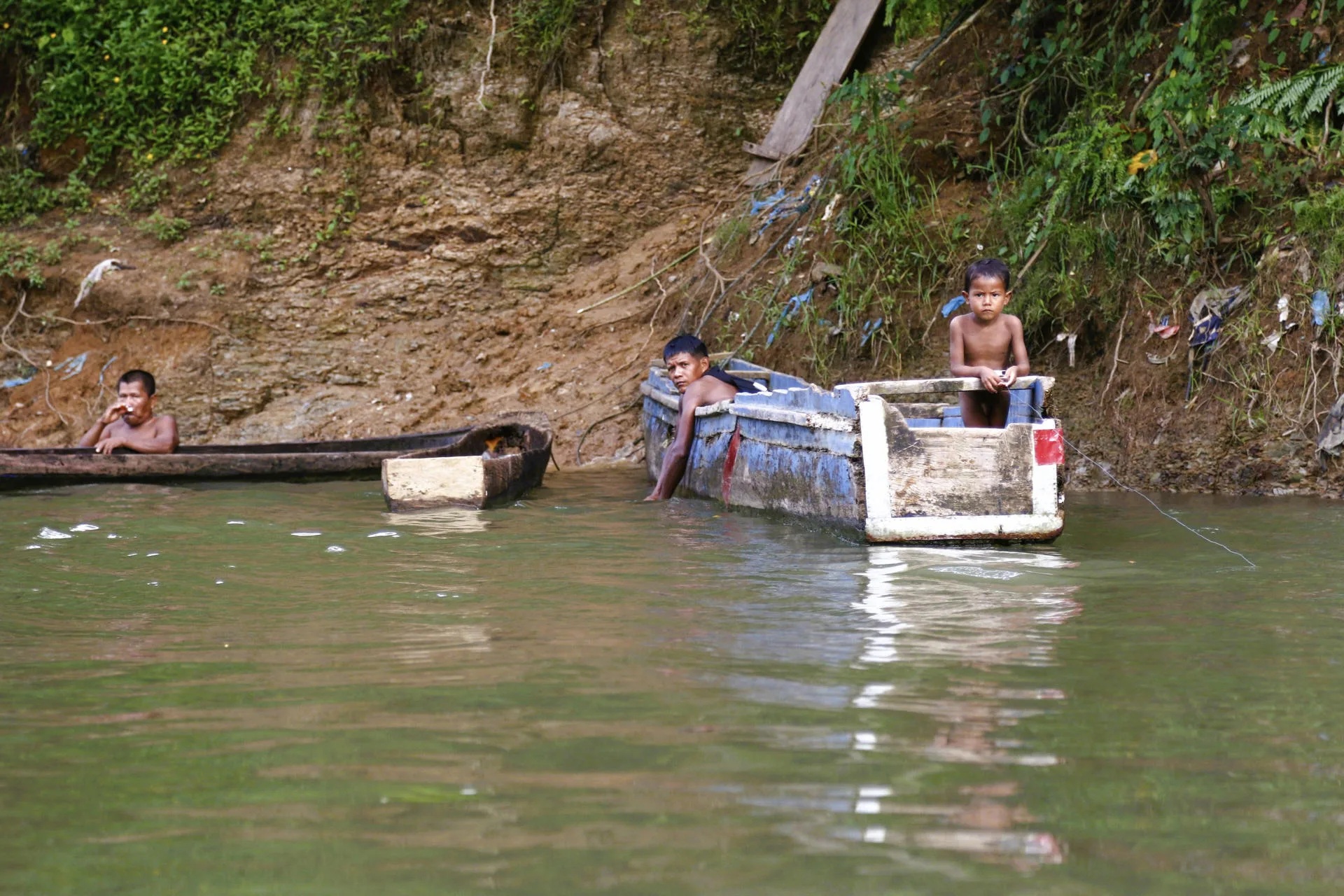
The numbers are overwhelming. According to data from Panamanian authorities, 2,927 migrants crossed the Darién River into North America in the first half of the year, the majority of them in January (2,229). The number then declined to 408 in February, 194 in March, 73 in April, 13 in May, and only 10 in June. A dozen migrants last June, which contrasts with the 29,722 who crossed the Darien that same month in 2023, or the 31,049 who did so in 2024.
Return to Normal
The “nocó,” or traditional leader of Bajo Chiquito, Esmeralda Dumasá, tells EFE that what the town is experiencing now is a return “to normalcy,” something visible with the children taking back the streets. “It’s back to where it was a few years ago. The town has returned to normal, and everyone has gone to farm. Everything’s back to normal (…) but there’s also a decrease in funding. It’s been a big hit (because) we used to provide our services to migrants as they passed through,” he explains.

Most are farmers, he says, so they are returning to the cultivation of otoe (a type of tuber), corn, rice or bananas, visible along the banks of the Tuquesa River, towards which they live turned, where they fish, wash or travel in their canoes due to the lack of roads. They also hope the authorities will support them in repurposing a shelter that they were building with their savings in a vacant lot on the outskirts of the town with capacity for about 900 migrants.
The Legacy of Migration
Although the migrants have disappeared, the international interest generated by this crisis brought NGO projects to Bajo Chiquito and other communities, such as the Red Cross, Spanish Cooperation, HIAS, Doctors Without Borders, and various UN agencies such as IOM, UNHCR, and UNICEF, providing the communities with drinking water, healthcare, and sanitation services, which continue to operate. In the waiting room of the Bajo Chiquito health center, indigenous children and women in colorful traditional dresses have replaced the migrants. Dr. Katherine Rodríguez has been stationed there for over a year.
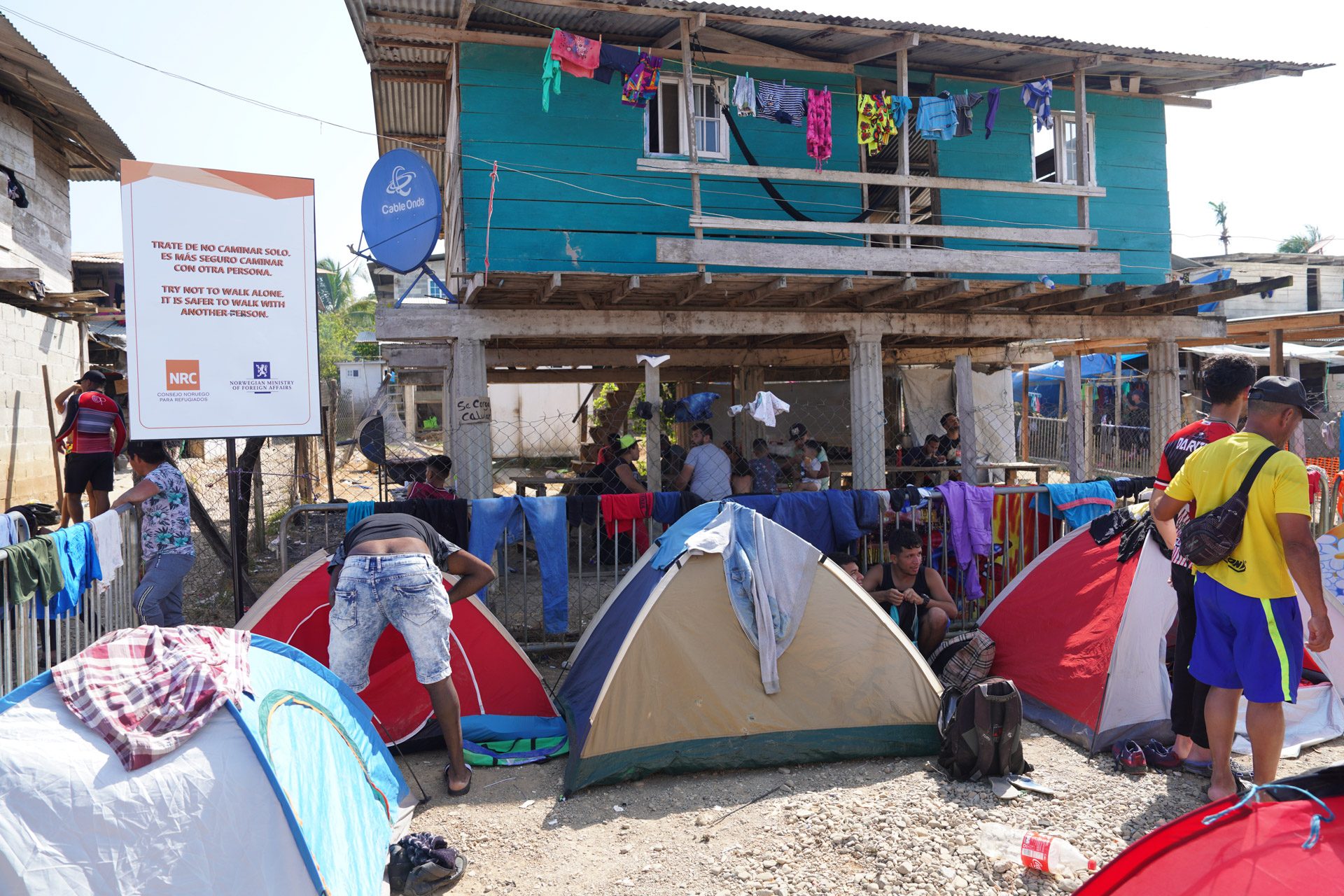
At first, during the days of intense migratory flow, they could attend to up to 150 patients in a day, and although things are calmer now, they don’t forget some of the most serious cases, such as rape victims in the jungle or “fractured pregnant women.” “There was also an accident last year on Christmas Eve, I think it was December 24, very catastrophic: a tree fell on many tents (with migrants), many were injured, many people died,” the doctor recalls to EFE. Among the victims, he continued, was “a Venezuelan girl of about 23 years old,” who suffered serious spinal injuries. She was with her brother, who died, and her two-year-old daughter.
Deaths in the Jungle

The tragedy left three dead and about 20 injured, with three of them seriously, according to the doctor and local leader. The “nocó” claims that one of the main causes of death in the jungle is sudden rises in the river: “Sometimes we found five bodies in a single day.” In 2023, “there were many, almost 23 people, because the river was rising more and more at that time.” “Here, as indigenous people, we know that when the storm starts, the river will rise. But they don’t,” he explains. Upriver, toward the jungle, 24-year-old guide Eutimio Bacorizo recounts how he had to run through those flash floods, helping migrants take shelter in higher ground. Others weren’t so lucky. “We heard wailing, wailing voices behind us, shouting, ‘Help, help!’ And we answered and there was no one there, and when we got here, the floodwaters had already caught us and we had to run down the mountain to save ourselves,” he recalls.
